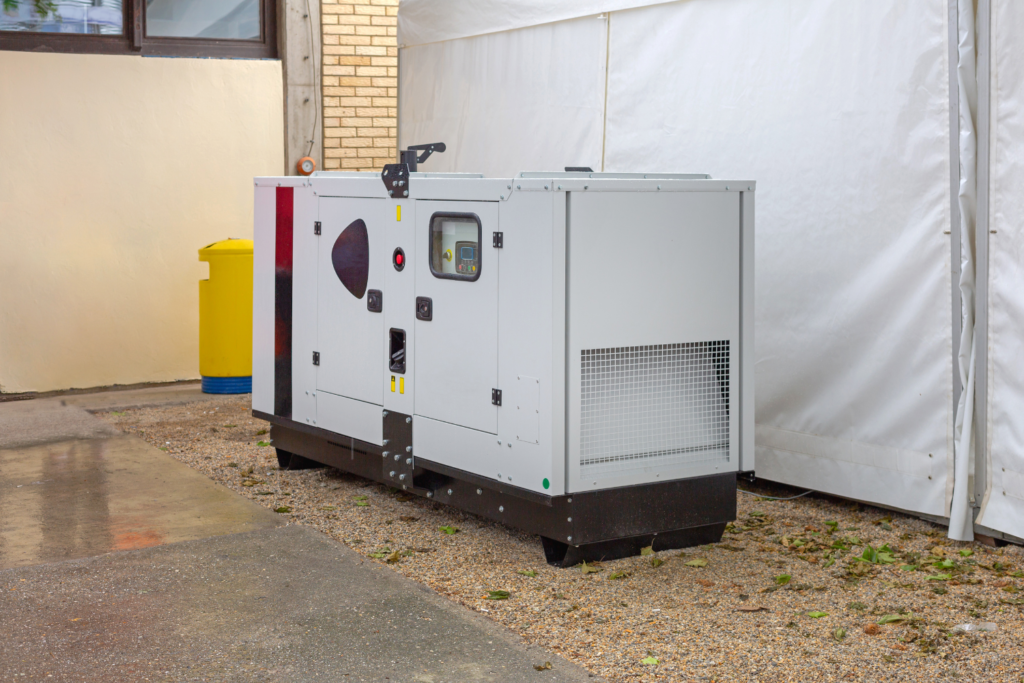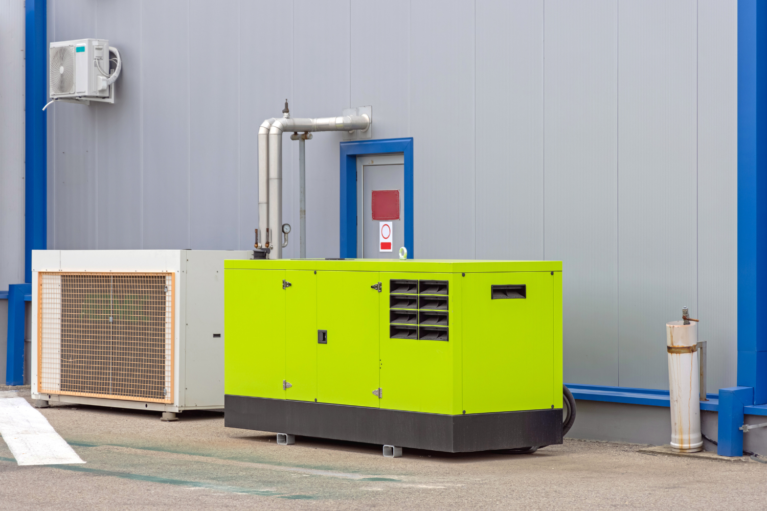When looking to meet the power needs, are you confused among the available choices? Crucial for maintaining operations and minimizing downtime, informed choice in generators is essential to ensure optimal investment and obtain maximum output. As known, the two options, i.e., generator prime vs standby, have distinct purposes to serve. They also differ in optimal functional power ratings.
Learning in detail about these will help you identify your needs and subsequently make accurate decisions. Get the same in the present article curated to serve the purpose of enlightening the audience.
Table of Contents
What Are Prime Generators?
Prime generators are the main power source for industries. These are expected to run to meet long hours of power requirements. These can be available in mobile options. The prime generators, however, function efficiently if they are operated in a specified manner. It is that they must work between 50% to 100% of the capacity while running continuously.
Low Loading in Prime Generators
It is essential that the prime generators do not run below 50% of the prime load. Running these generators at the stated limit is referred to as ‘low loading’ or ‘light loading.’ Low loading leads to incomplete combustion of fuel, which generates incompletely combusted fuel and soot in the exhaust. These products hamper the efficiency of the engine, further holding the potential to damage the generator.
Overloading in Prime Generators
The prime generators are allowed to run on overload for a short time. It is generally 1 hour per 12 hours. The power usage value in this condition should only go slightly higher than the standby rating, with a maximum of up to 10%.
What Are Emergency Generators?

Emergency or backup generators are also commonly referred to as standby generators. These are designed to spontaneously provide power whenever required, such as in situations of power outages. These are stationary generators. The standby generators can serve the power supply for 1 hour to 12 hours and shut down automatically when the power is restored. To achieve this, the standby generators must be connected to an automatic transfer switch (ATS).
Industrial Application Method of Prime vs Standby Generator
Let us say there is a generator rated at 260 kVA prime power and 300 kVA standby power.
Prime Generator
When used as a prime generator, the power usage must lie between 130 kVA and 260 kVA. The average load can be 70% of the maximum prime power, which will be 182 kVA. The generator is designed to run at this power for an unlimited time.
Further, it can exceed 10% of the maximum power for 1 hour per 12 hours. Hence, for an hour, the prime generator can run at 286 kVA.
Emergency Generator
The emergency generator can run at 70% of the maximum load capacity. Hence, it can run at 210 kVA for one hour or the time stated by the generator manufacturer in emergency situations.
Prime and Standby Generator Uses in Industrial Applications
The generator prime vs standby serves different purposes in industrial applications. While prime meets long requirements, the standby is designed to meet sudden and short power outages. Hence, both of these have wide applications but differ based on the duration of power requirements.
The prime generators are used for oil and gas applications, agricultural work and on-grid data centers. They are important for remote locations to offer unwavering power.
Similarly, emergency generators are used in healthcare, food, and air transport industries, where an outage for a short period is critical.
Choose the Best Emergency vs Prime Generators at Mid-America Engine
The requirement for generator prime and emergency is inevitable for any industry. Regardless of industry setup location, be it in remote areas or populated ones, the continuous power supply can never be guaranteed. While remote areas lack it, the populated ones might face long hours of power outages.
Offering efficient solutions to your problems, the Mid America Engine brings both used and old generators to you at a variety of prices and specifications. Additionally, find with us the engines and parts/accessories for the generators to ensure seamless operations in the industry. Connect with us now to know more.
Common Questions About Emergency vs Prime Generators
Q1. What are continuous run generators?
Continuous run generators are designed to function continuously for 24 hours a day. They differ from prime generators as the latter aren’t designed for straight 24 hours of functionality.
Q2. What period of warranty do both the generators come with?
Prime generators have a short warranty, while standby generators come along with a longer warranty.
Q3. Can we use both prime and standby generators to obtain backup power?
Yes, both types of generators can fulfill the need. However, it is not ideal to perform unintended use of prime generators as it may hamper its functionality in the long run.
Q4. What does COP mean?
COP is the acronym for continuous power. It refers to the maximum power output possible for the generator if running continuously at a constant load.
Q5. Are prime generators portable?
The prime generators can be converted into mobile forms if they meet emission standards set by the organizations.
Q6. Is it possible to sell the generator to Mid-America?
Yes, we welcome the generators previously used by the owners. Interested individuals are required to provide their generator details, pictures of the generator, and contact information for further proceedings.
Q7. Which countries does Mid America Engine serve?
Customers can take advantage of our quality services in North and South America, Africa, Europe, and the Middle East.
Q8. How can I contact the Mid-America Engine team?
Connect with us at the number 205-590-3505 or mail us at info@midamericaengine.com









Leave A Comment